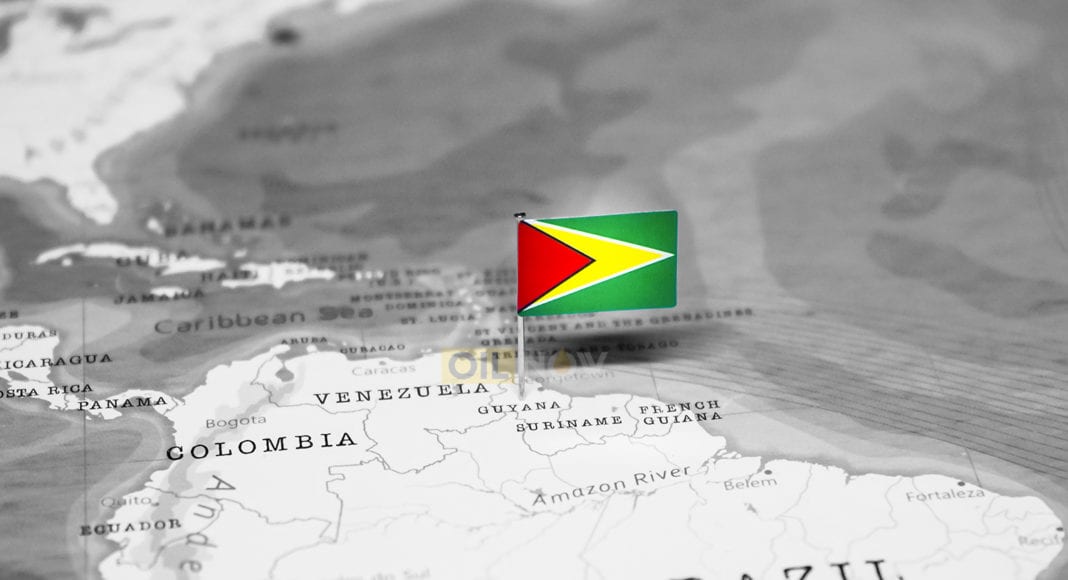The economic impact of the war in Ukraine is being felt around the world as oil prices become more volatile with surges pushing Brent to its highest level in nine years at one point. This follows the impacts of the COVID-19 pandemic, which from 2020, significantly disrupted supply chains and economic activity across the world. The new oil province of Guyana has itself been grappling with rising commodity prices and the economic fallout from both the war and pandemic.
The most recent development, in this regard, was the announcement of a 15% increase in the cost of flour, a major staple, by the National Milling Company of Guyana (NAMILCO).
“The price of wheat today is 40% higher than it was on February 15, 2022, just 3 weeks ago,” NAMILCO said in a release, justifying the price hike. “During this period, we have also seen increases in the cost of packaging, additives, and just recently, fuel. Consequently, we can no longer sustain our operations at our current Flour Price levels.”
NAMILCO noted that worldwide, unprecedented increases in the costs of raw materials, freight, packaging materials, energy and other inputs, spell hardship not just for flour millers, but manufacturers across sectors.
Before this, Guyanese drivers were already reeling from steep increases in the price of gas. Over the past week, gasoline prices at the main providers in the city – GUYOIL, Rubis and Shell – jumped 20%.
Meanwhile, the state power company, Guyana Power & Light Inc. (GPL), said the high cost of fuel has put it in a financially unsustainable position, and revealed that its monthly operating expenses have jumped 50%.
They have all blamed the new dispensation on the fallout from Russia’s invasion of Ukraine. President Dr. Mohamed Irfaan Ali renewed Guyana’s call for an end to the war, arguing that its direct impacts on Guyana are higher petrol costs, more expensive shipping and a higher cost of living.
On the same day, Vice President Dr. Bharrat Jagdeo said at an event in Georgetown that the government will subsidise water and electricity rates to make sure this impact is not felt by the working class.
As the war in eastern Europe continues and western powers operationalize sanctions against Russia, Brent continued to hover above US$100 a barrel as of Tuesday.
One economics lecturer at the University of Guyana, Richard Rambarran, last argued that Guyana should build a modular refinery to meet domestic fuel demand and help insulate the general population from this and other international developments which render energy prices volatile.
Rambarran, who is also Executive Director at the Georgetown Chamber of Commerce and Industry, suggested too that a small statutory percentage of the Natural Resource Fund be used to smooth out price volatility.
In 2021, between supply chain disruptions and the slowly rebounding oil price, the government had to reduce the excise tax on fuel twice, altogether from 50% to 25%. It argued that inflation in commodity prices, caused by bottlenecks in the global supply chain, were only transitory.
Amidst this, Guyana faced sustained heavy rains and high tides in the middle of the year, so immense in their compounded impact that the President called it the worst natural disaster in Guyana’s history, as it affected every administrative region. With farmlands and livestock destroyed, the government scrambled to distribute food and sanitation hampers to the worst affected regions, and billions in cash grants to help farmers rebuild. The effect on the prices of agricultural produce was almost immediate.
Of the GY$552.9 billion 2022 national budget, the government has set aside GY$5 billion to find solutions to the rising cost of living in the short term.
Officials tussled with critics over whether a 7% increase to the salaries of public servants, announced in December, was enough. While increases in commodity prices are not unique to Guyana, pressure is increasing on the government to utilise oil revenues from increased production levels to give steeper salary increases and grant wider subsidies.
During a press conference in February, Vice President Jagdeo reminded that the new government had already reversed a burdensome tax regime imposed by the previous administration, putting $40 billion annually back into taxpayers’ pockets, without the aid of oil revenues. In this regard, he argued that the government does not want to devote substantial sums of its growing windfall to recurrent expenses it may not be able to sustain in the long run.
He reminded that Guyana’s neighbour, Trinidad & Tobago, had made this mistake. The twin-island nation granted high volumes of transfers and subsidies to the population in the early 2000s but found that it could not sustain them when its oil windfall went.
Dr. Jagdeo explained that the Guyana government’s policy is to use oil revenues for large infrastructural projects that it believes will improve living standards and decrease the cost of living in the long run. In-keeping with this policy, the National Assembly approved the first withdrawal from the Natural Resource Fund in February, to support a 2022 budget which has granted the largest appropriation to the Ministry with responsibility for public infrastructure.



